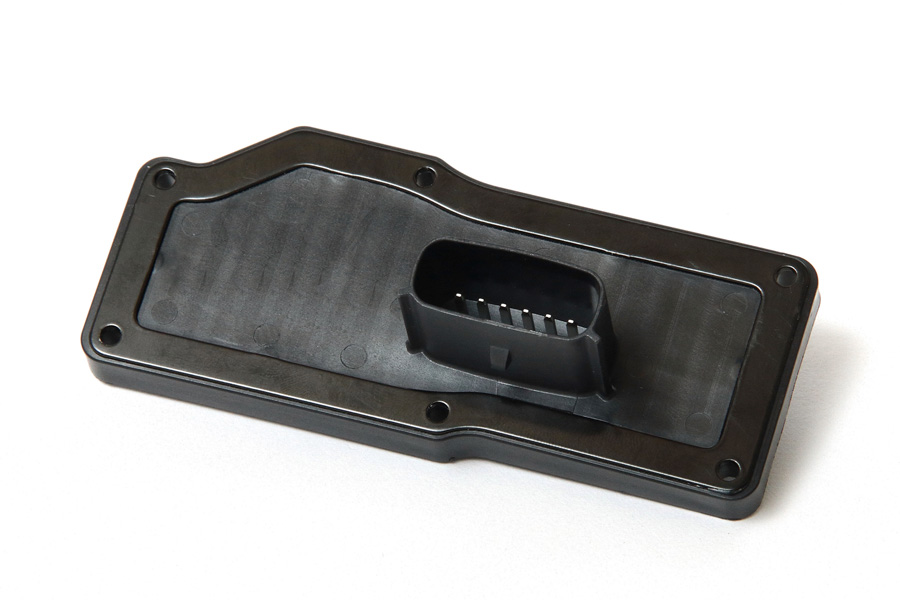
Your blog feed for digital manufacturing resources, in-depth features, and industry news.
As awareness grows, understanding the impact of BPA and its alternatives is essential for both consumers and businesses. Let’s explore the significance of BPA in plastics and what it means for you.
BPA is a chemical compound used in the manufacturing of certain types of plastics, particularly polycarbonate plastics and epoxy resins. These materials are prized for their strength and clarity, making them commonly used in products like:
Despite its effectiveness in creating durable products, BPA has raised concerns due to its potential health risks.
BPA is classified as an endocrine disruptor, meaning it can interfere with the body’s hormone system. Studies have shown that BPA can leach from plastics into food, beverages, or even the environment, particularly when plastics are exposed to heat or wear. Continuous exposure to BPA has been linked to several health issues, including:
With these risks in mind, consumers have become increasingly cautious about the use of BPA in household products.
BPA is primarily found in the following household items:
It’s important to note that not all plastics contain BPA, and safer alternatives are widely available.
In response to growing concerns about BPA, many manufacturers have started offering BPA-free alternatives. These alternatives are made from plastics that do not contain the chemical, providing safer options for consumers. Some of the most common BPA-free materials include:
With these options, consumers can feel confident that they are using products that are free from the risks associated with BPA.
As consumer awareness of BPA’s risks continues to grow, businesses in the plastic manufacturing industry should consider offering BPA-free alternatives. Doing so not only aligns with current consumer demand but also ensures compliance with growing regulations.
When choosing plastics for manufacturing, it’s important to opt for BPA-free materials. Here are some key considerations:
BPA in household plastics is a growing concern, but as awareness increases, more alternatives are available. Whether you’re a consumer or a business, choosing BPA-free products can help safeguard health and build trust. By staying informed about the risks of BPA and the availability of safer alternatives, you can make better choices for your home or business. Prioritizing BPA-free materials is a step toward a healthier, safer future for all.
Your blog feed for digital manufacturing resources, in-depth features, and industry news.
31 Southlands Road
POLESWORTH
B78 0FL
We will reply to you in 20 minutes.
Our team is online, can be helpful for you.
Our team is online, can be helpful for you.
Didn’t find what you want? Ask our leader for help directly!